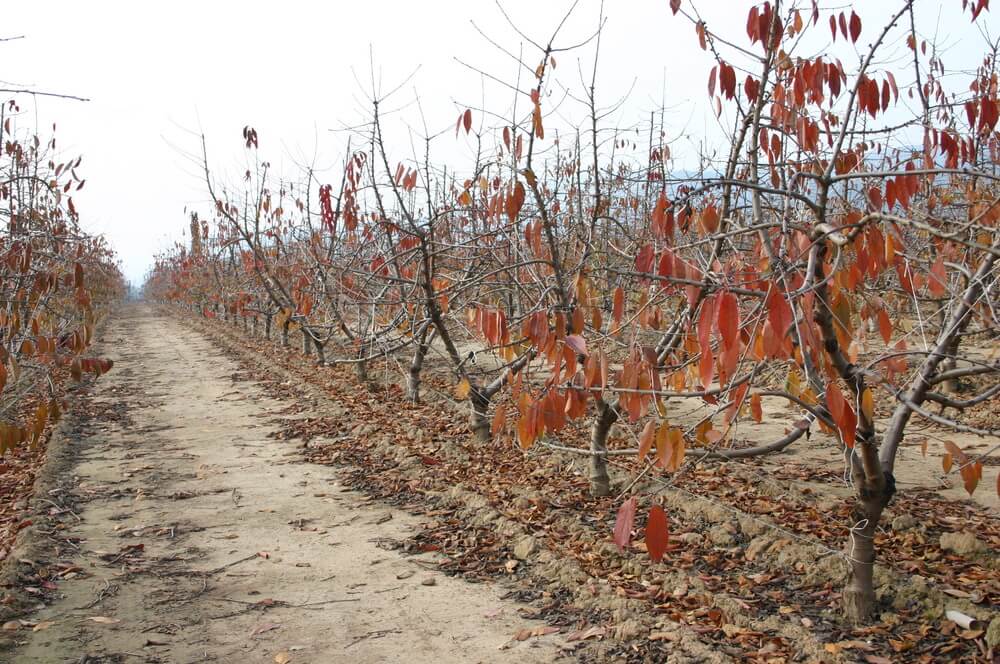With a population exceeding one billion and a rapidly growing middle class, India today represents one of the most promising – yet complex – challenges for Chilean fresh fruit exports. With zero tariffs, favorable trade windows, and a gift-giving culture that values premium fruit, Chilean cherries could find fertile ground.
But a targeted strategy is needed.
A continent-sized market with huge potential
With approximately 1.4 billion inhabitants, India is the most populous country on the planet and, due to its size and diversity, must be approached as if it were a continent. So says Sumit Saran, director of SS Associates, an Indian company specializing in launching foreign food products in the local market.
According to the expert, free trade between Chile and India – recently strengthened during the visit of President Gabriel Boric – offers a competitive advantage: for cherries, the import duty is zero, unlike the 30% (about 27.5%) applied to other exporting countries such as Australia and New Zealand.
Focus on middle and upper class: 300 million opportunities
For Saran, the key is to target the segment of consumers made up of the Indian middle and upper class, which includes about 300 million people – a population comparable to the entire United States.
"We are not talking about a niche market," he emphasizes, "but a segment with real purchasing power, spread across the entire country. Every city, large or small, has its share of affluent consumers."
Cherries? A unique window in December
Unlike local cherries, which are available in summer, Chilean cherries reach the Indian market between December and January. This is an advantage in terms of exclusivity, right during the Christmas and New Year holidays.
However, Chilean cherries do not reach the market in time for Diwali – the most important gift-giving holiday, which is celebrated between October and November. “It’s a limitation,” admits Saran, “but there’s still a very interesting premium consumption week at the end of the year.”
A first step: containers and quality upon arrival
Another encouraging sign is the arrival of the first sea containers. “Until now, there were no suitable logistics solutions. But the last season showed that it is possible to ship in containers while maintaining high quality upon arrival. It’s a turning point,” says the expert.
The model to follow? The evolution of dried plum consumption: “With a small promotional investment, exports doubled. If we do the same with cherries, India could become the new China.”
Consumer education? Less necessary than expected
Unlike other lesser-known fruits, cherries do not require a major consumer education effort: “Cherries are grown in India too, although in a different season. The product is known. You just have to highlight its quality and exclusivity,” concludes Saran.
Building a tailored trade bridge
The potential is there, but a long-term plan is needed, with targeted promotion, efficient logistics, and a constant presence in the territory. India won't be a short-term bet, but it could become the next major partner for Chilean cherries.
An ambitious challenge, but with 300 million good reasons to take it on.
Text and image source: Redagricola.com
Cherry Times - All rights reserved












